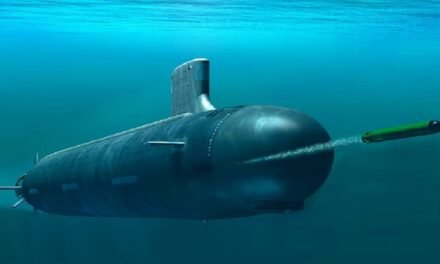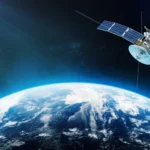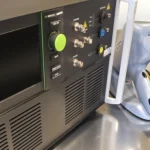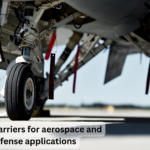Microwave technology plays a critical role in satellite communication and space exploration by enabling high-frequency, long-range, and interference-resistant signal transmission. It is fundamental in ensuring reliable data transfer, navigation, and deep-space communication. Here’s how it enhances these systems:
1. High-Frequency, Long-Range Communication
- Microwave bands (L, S, C, X, Ku, Ka, and V bands) provide high-frequency signals that can penetrate Earth’s atmosphere with minimal loss.
- Lower frequency bands (L & S) are used for deep-space communication, while higher bands (Ku, Ka, and V) support high-data-rate applications like satellite internet.
2. Improved Data Transmission for Satellite Communication
- Higher Bandwidth: Microwave frequencies allow the transmission of large amounts of data, supporting HD video, telemetry, and internet services via satellites.
- Low Latency: Shorter wavelengths reduce signal travel time, improving real-time communications in GPS, remote sensing, and defense applications.
3. Enhanced Radar and Remote Sensing Capabilities
- Synthetic Aperture Radar (SAR): Uses microwaves to generate high-resolution images of Earth’s surface, even in cloud cover or darkness (used in weather forecasting, environmental monitoring, and defense surveillance).
- Microwave Radiometry: Used to measure atmospheric and space weather conditions.
4. Deep Space Communication & Interplanetary Missions
- NASA’s Deep Space Network (DSN) relies on microwave frequencies (X-band & Ka-band) for high-power transmissions to communicate with probes like Voyager, Mars rovers, and the James Webb Space Telescope.
- Phased Array Antennas: Enable spacecraft to maintain high-gain, steerable communication links with Earth while using less power.
5. Microwave-Powered Space Propulsion & Energy Transmission
- Microwave Beaming: Concept explored for wireless power transmission from space-based solar power satellites (SBSP) to Earth.
- Microwave Electrothermal Thrusters: Used in some electric propulsion systems for small satellites.
6. Secure & Anti-Jamming Capabilities
- Frequency Hopping & Spread Spectrum Techniques: Protect military and secure satellite communications from interference and eavesdropping.
- Quantum Microwave Technology (Future Tech): Expected to enhance secure satellite communications by enabling quantum-encrypted signals.
Microwave technology significantly improves satellite communication and space exploration by providing high-speed, long-range, interference-resistant, and secure data transmission. It is crucial for Earth observation, deep-space missions, satellite internet, and even future space-based power systems.













